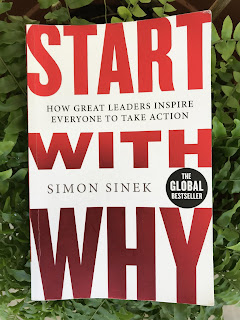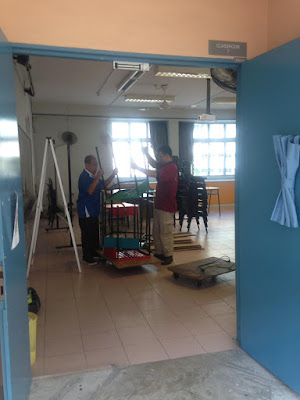Where Do We Come From? What Are We? Where Are We Going? is a painting by French artist Paul Gauguin. The title was originally inscribed in French on the top left corner of his painting. Last term, the Primary One children are exploring the meaning of self-identity and we did a survey of their countries of origin. We discovered an astounding 11 different nationalities that make up the P1 level! We read the story It's ok to be different by Todd Parr and started a class discussion of what it meant to be different. They were very cute because someone started to ask questions such as if I were born in India, does it mean I am from Indian? I told them that it is not necessary that way. Then, somebody else asked if their parents were from Vietnam and they were born in Singapore, does it mean they were from Vietnam or Singapore. Another child said her mother is from Hong Kong and her father is from Holland so that makes her Holland-HK. Someone also asked if he should be Singapore-Malaysian or Malaysia-Singaporean and I started to get more permutations...By then, I decided that my heritage is a rare species.
Next, we discussed about the artists' self-portraits such as Frida Kahlo, Vincent Van Gogh, Georgette Chan and Pablo Picasso. In the following lesson, we started preparing the coloured papers for drawing self-portraits. The tissue papers were cut into squares so that the children can use water to bleed the colours. Not all tissue papers can achieve the same purpose, some tissue papers contain less colour pigments and resulted in faded colours.
To assess their understanding of the different types of lines, the children used their bodies to create specific lines that I will call out. And finally! The students used black permanent markers to draw the different types of lines.































